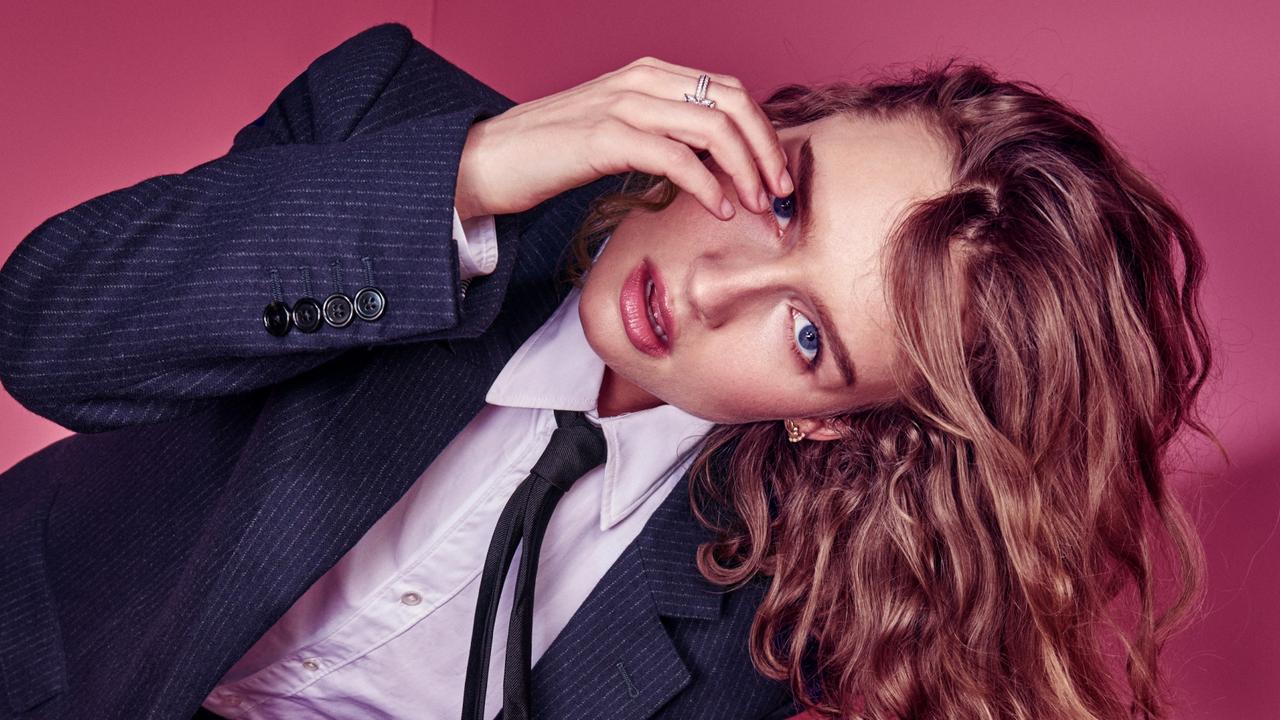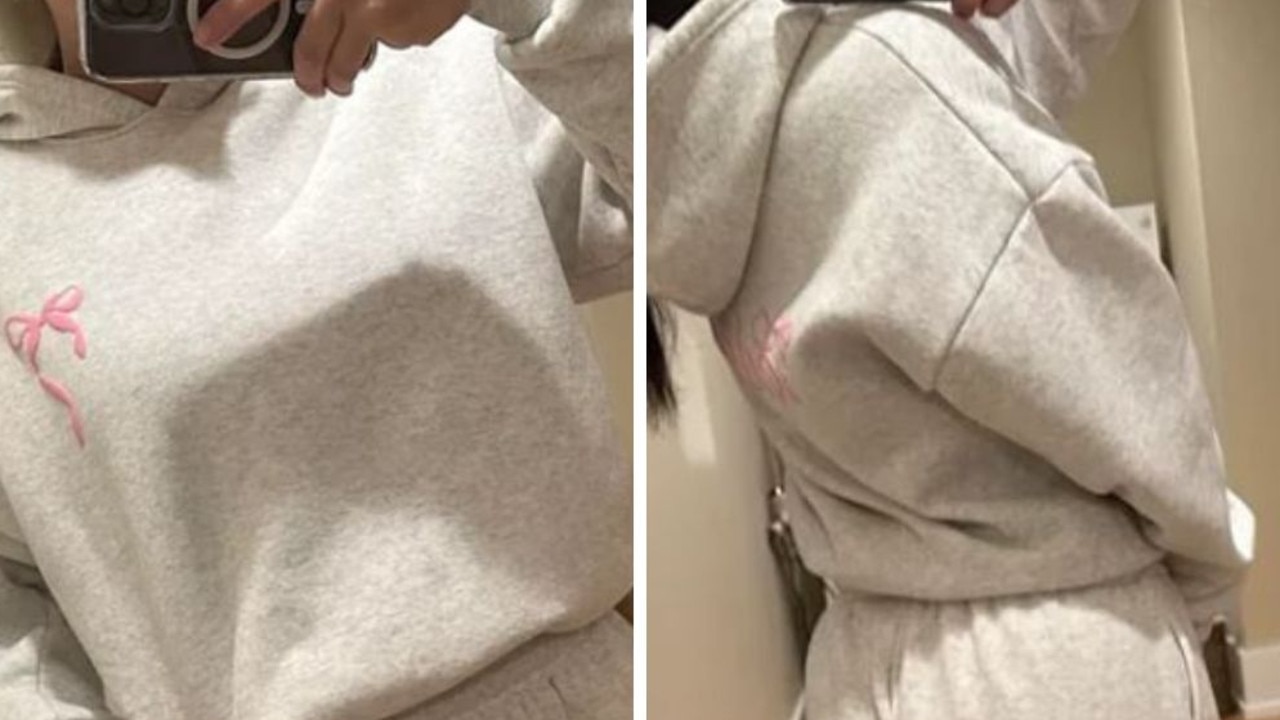‘I’m just a model’: Meet the Aussie fashion stars who are ahead of the curve
They are among the busiest stars of the runway but these models are rallying against industry stereotypes – and here’s why.
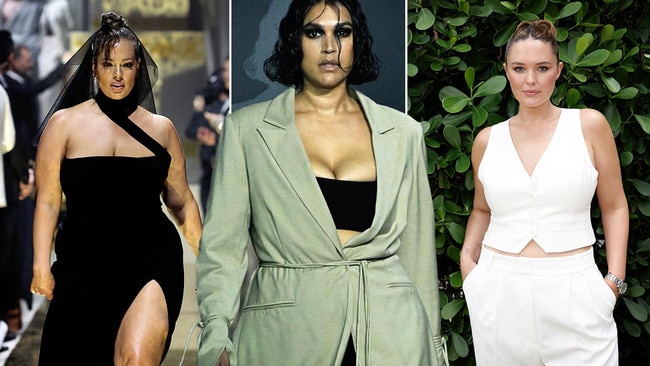
Fashion
Don't miss out on the headlines from Fashion. Followed categories will be added to My News.
Super skinny is out and healthy is in vogue as the fashion industry champions body diversity on – and off – the runway.
Size inclusivity “isn’t a trend, it’s here to stay”, one of Australia’s top modelling agents has revealed, as designers from New York to Sydney move to shatter the rail-thin size 8 stereotype.
But has fashion finally achieved equality on the body image scale – or is there still a long way to go?
Supermodels Ashley Graham, Precious Lee and Robyn Lawley have challenged the traditional cookie-cutter model mould, flaunting their more realistic figures on the catwalks.
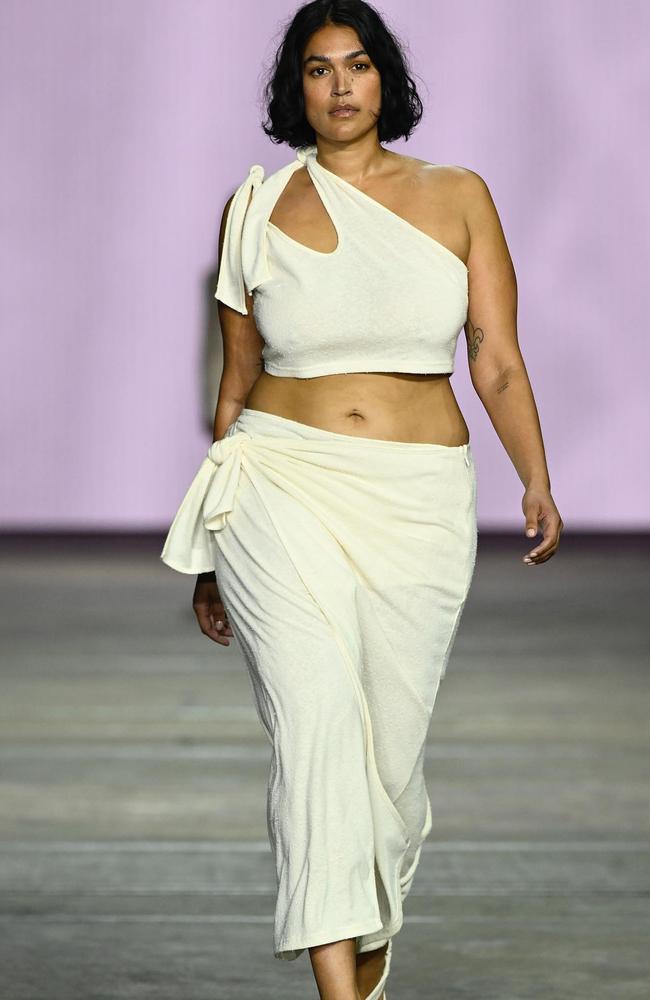
On the other end of the scale, Kim Kardashian – who has long been an example of someone rallying against the super-skinny stereotype – was blasted for bragging about her “extreme” weight loss at the Met Gala, in order to fit into Marilyn Monroe’s dress.
The term “plus size” is outdated, with the industry now referring to models as “curve” and leading agencies no longer separating them on their internal model board based on size, IMG Models managing director Danielle Ragenard said.
“The industry has embraced the importance of consumers wanting to see themselves within fashion – whether it be on the runway, in a magazine, online and in the window of a shop front,” Ms Ragenard said.

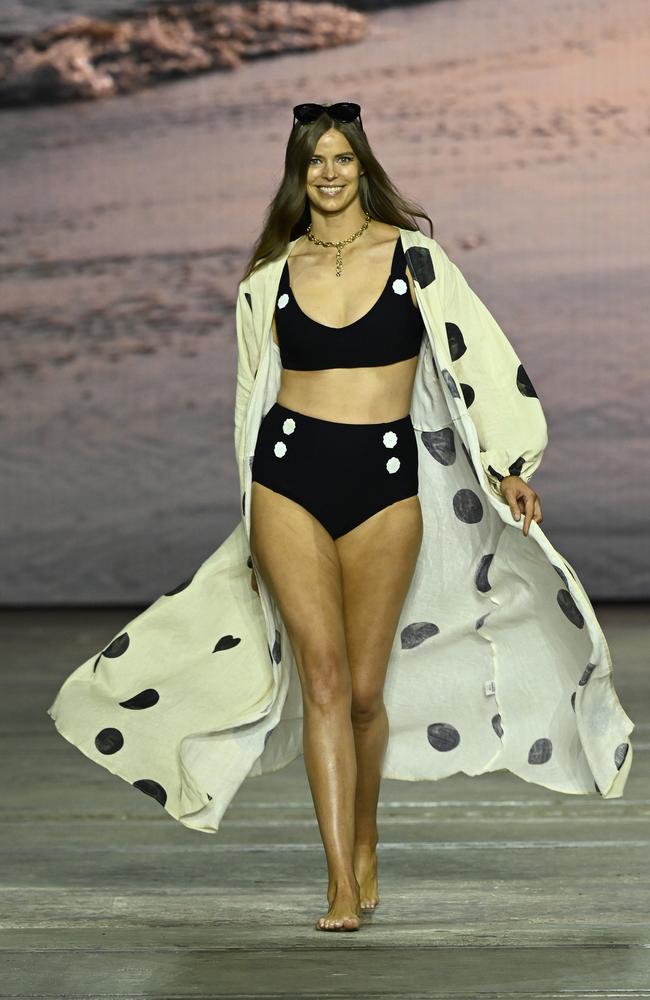
New York-based mega agency IMG Models expanded its books to include “all talent regardless of things like size, age, race, gender, size, sexual orientation, or religion” – a priority it has had “for years”, she said.
Ms Ragenard pointed to the recent runways at Afterpay Australian Fashion Week where designers cast a diverse range of models.
“This isn’t a trend, it is here to stay,” Ms Ragenard said, adding there would be “more growth in the array of (diverse) talent showcased moving forward”.
“Hopefully we’ll get to the point where this is an accepted reality for all brands.”
IMG uses the phrase “curve”, rather than “plus size”, and it had “really become an industry standard when referring to models who don’t fit the standard size 8,” she said.
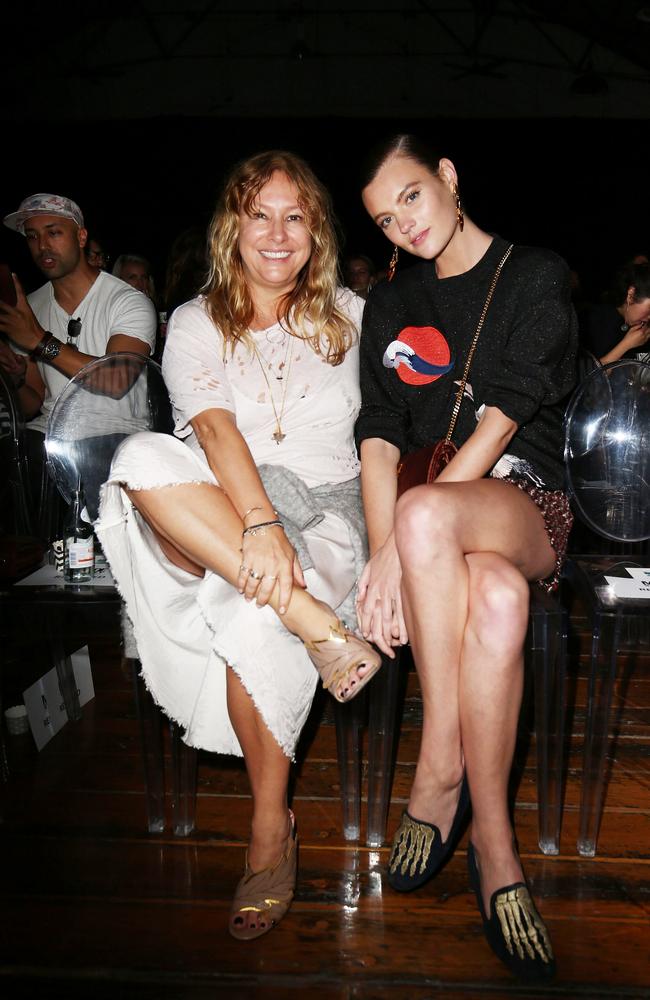
“We haven’t used “plus-sized” for a long time nor do we have a separate board for our Curve talent.”
And sje said New York’s fashion scene was “pretty accepting of diversity across the board for many years now”.
“Size representation in Australia is here to stay, however there is still a lot of work to be done. I look forward to the day where we don’t need to have separate conversations about size or it’s proactively pointed out.
“However we’re only really starting to see that acceptance in other markets such as Europe.”
‘I AM JUST A MODEL’
Los Angeles-based Australian model Jennifer Atilemile, 31, who walked for Aje, Bec + Bridge and Bianca Spender among others at Fashion Week, said there was “still a way to go for true inclusivity both in Australia and overseas (but) there was an obvious shift in the use of more inclusively-sized models this year”.
Ms Atilemile – who has been modelling for about seven years – said she believed the use of labels to define body type was “damaging”.
“I don’t really like the term ‘curve’ as I’m just a model – we’re all just models,” she said.
“Labelling us just causes division in the industry which I feel actually hinders progress towards inclusion.”

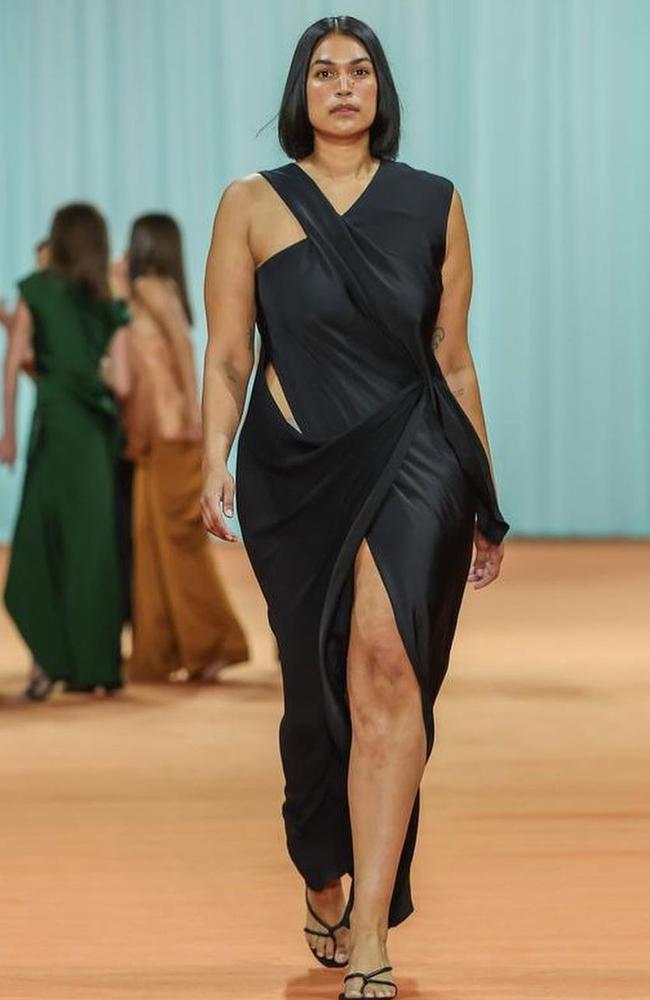
Ms Atilemile said more representation was needed “now, not in five years”.
After sporting a black bandeau and sage blazer on Bec + Bridge’s runway, Atilemile reflected on her “full circle moment”
“When I was in my teens, I couldn’t fit into Bec + Bridge, now I’m walking their runway.”
‘IT’S SO OUTDATED’
It’s a sentiment shared by Australian model Georgina Burke, 32, who recently appeared in Sports Illustrated’s famed swimsuit issue.
“My whole concept of the industry changed,” Ms Burke said, of her approach to body image.
“It became, ‘If you want me, you’re booking me for me.’ I’m not conforming to the idea that I’m going to be super- skinny or super-big. [Then] my whole career kind of took off.”
Burke said the term “plus size” was done, and so was putting labels on any model.
“I think if you put labels on anyone – whether it’s age, colour, size, sex – I feel like it’s so outdated,” Burke previously told this writer.
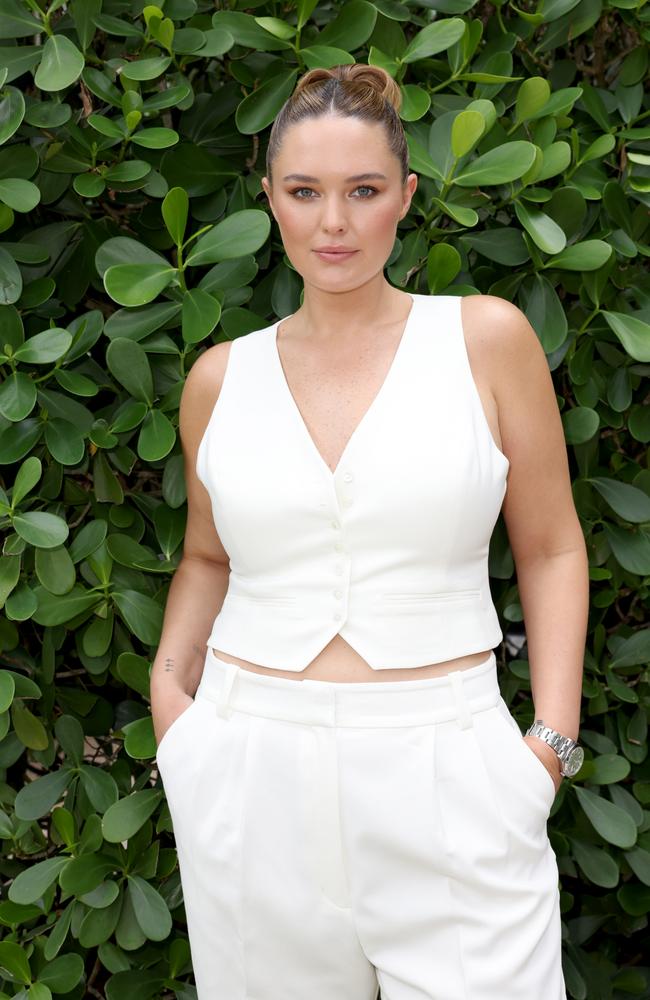

“I don’t think I need to be labelled as ‘plus size’. In the beginning, it was an industry term, whereas now, [the industry] is so open and everyone is really coming on board.
“I feel like it has changed from ‘plus size’ to ‘size inclusive’, to ‘curve’, to this, to that. I’m in Sports Illustrated as a model – it’s not, ‘Whatever number plus-size model to be in [the magazine].’ It’s like, no, there’s a model in Sports Illustrated! We’ve made huge progress, that’s for sure.”
In a statement, eating disorder and body image charity The Butterfly Foundation said the fashion industry “still has a long way to go before it is authentically inclusive”.
“The terms ‘plus size’ and ‘curve’ are exclusionary and othering in that they still label larger bodies as something ‘other’ than the bodies traditionally represented in mainstream media,” it said.
“True inclusion would see the terms ‘plus’ and ‘curve’ abolished all together, with models of all shapes and sizes in the one show, celebrated together, representing an array of sizes.
“Ultimately, we will know the fashion industry is authentically inclusive when we don’t need to consistently have these conversations.”



